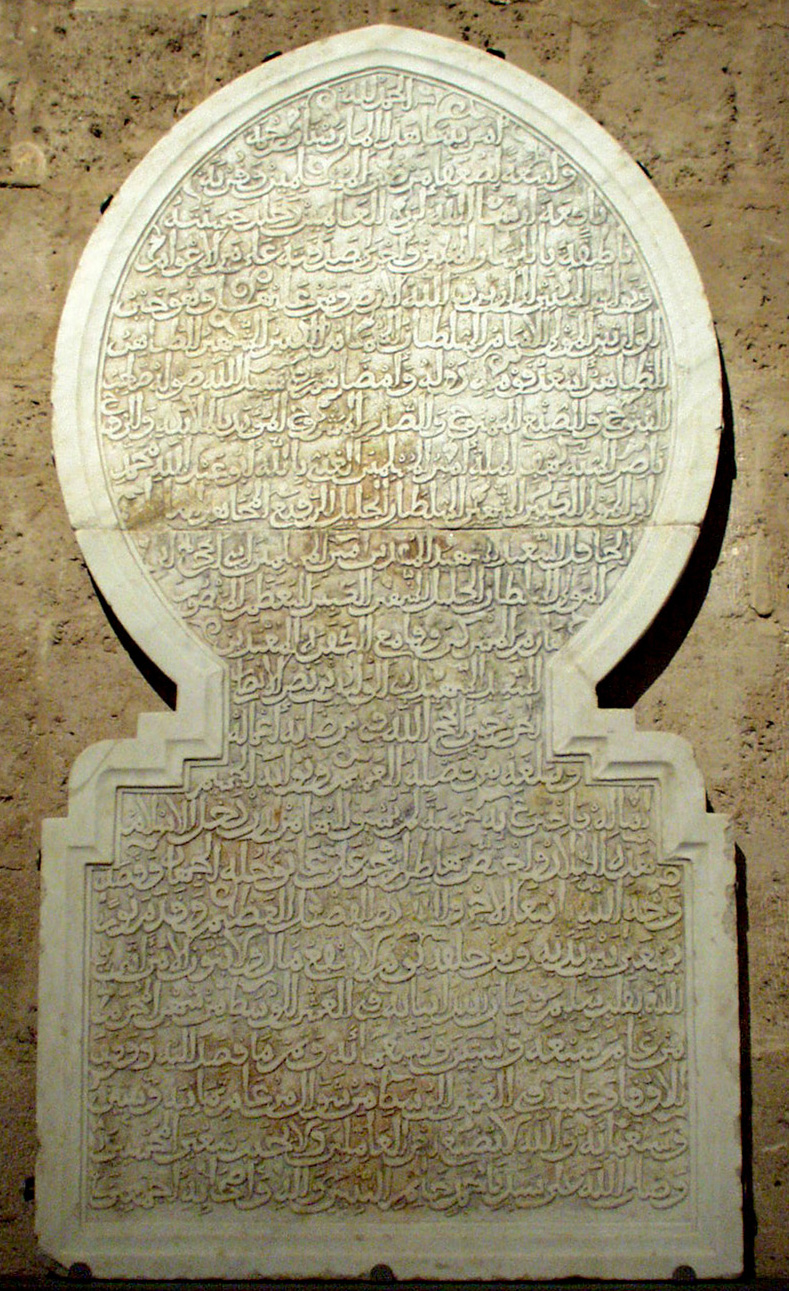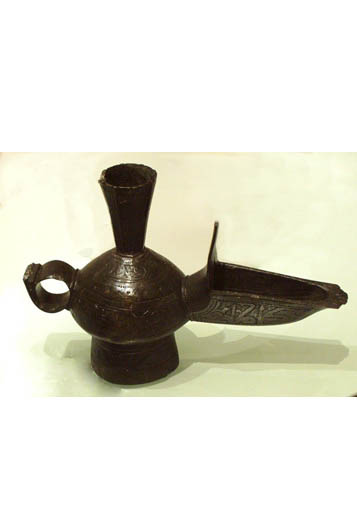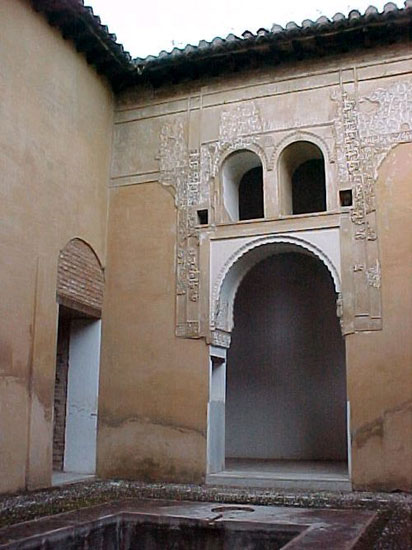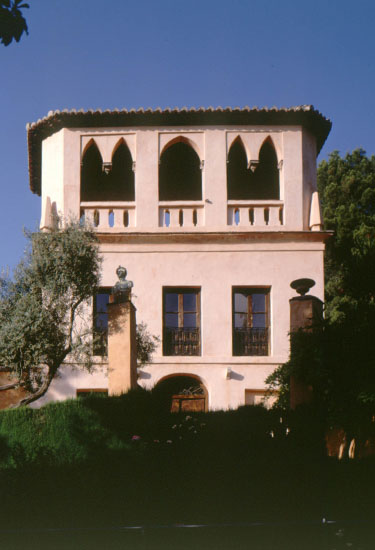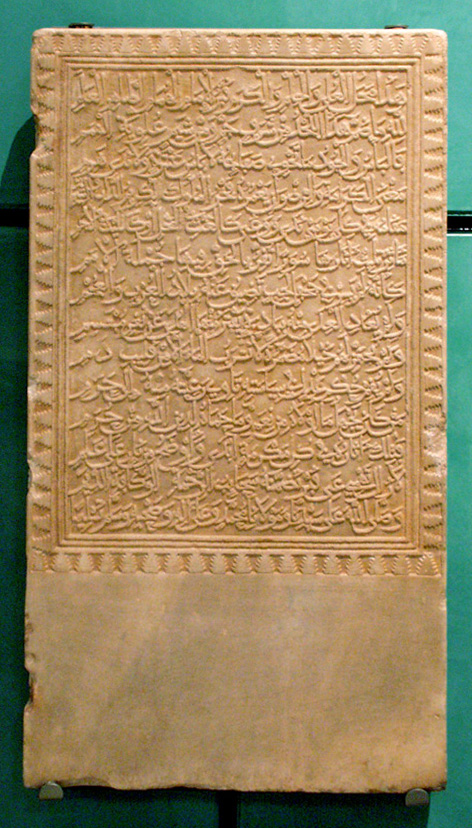Tower of the Captive
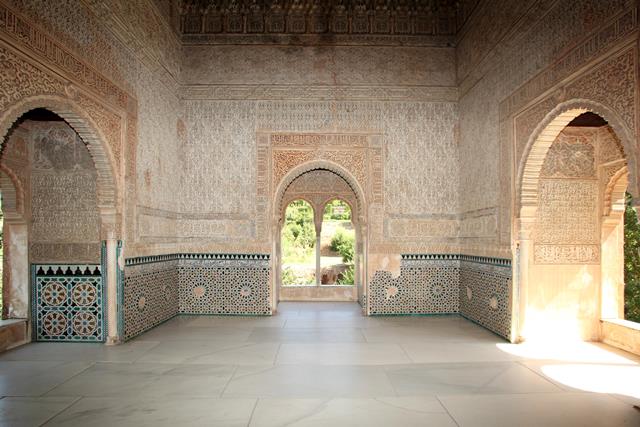
Name: Tower of the Captive
Age: end of the 13th century, although it was renovated and adapted for use as living quarters in the time of Yusuf I in the first half of the 14th century.
Of note: this is a tower/palace, or Qalahurra, which combines the defensive structure of its exterior with lavish living quarters on the inside
The tower has had different names over the course of history, being variously known as the Tower of the Thief, of the Ladies and of the Sultana. Since the mid-19th-century it has been known as the Tower of the Captive because according to romantic legend Isabel de Solís was held prisoner here before becoming the Sultan’s wife and changing her name to Soraya.
On the outside the Tower of the Captive is virtually indistinguishable from the other towers. Its interior has however one of the most richly decorated room spaces in all the Alhambra. This tower/palace or Qalahurra has a similar structure and layout to the other houses and palaces in the Monument.
Together with the Hall of Comares, this space has the most complex system of decoration in the whole of the Alhambra. Inscribed on a wall in the left-hand corner is a poem that offers clues to help understand the building and its functions:
«This work has come to bedeck the Alhambra;
it is a dwelling for men of peace and for warriors;
Calahorra with a palace within
tell us it is both a fortress and a mansion to be enjoyed!
It is a palace in which the splendour is shared out
Between its ceiling, its floor and its four walls;
with true marvels in stucco and in tiles,
while the exquisitely carved wood of its ceiling is even more wonderful….».
(original translation into Spanish by Mª Jesús Rubiera)
TIMETABLE: From 8.30 to 20 hours. Tuesday, Wednesday, Thursday and Sunday
ACCESS: With ticket “Alhambra general” and “Alhambra Gardens”
CAPACITY: Maximum 30 people at one time.
The tower has had different names over the course of history, being variously known as the Tower of the Thief, of the Ladies and of the Sultana





 Contact
Contact






